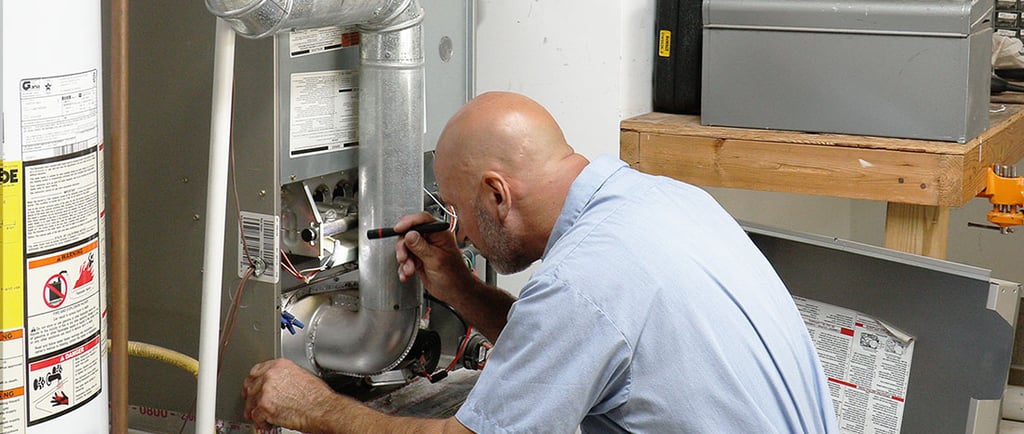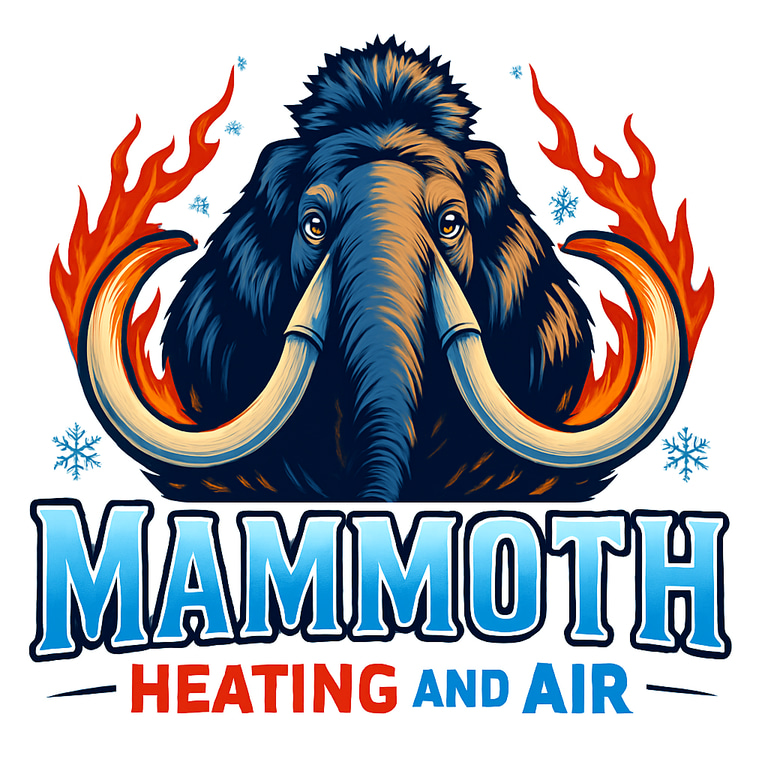5 Reasons You Should Have Your Furnace Tuned Up Every Year
Explanation of the importance of regular furnace tune-ups
8/13/20252 min read


5 Reasons You Should Have Your Furnace Tuned Up Every Year
When temperatures drop, your furnace becomes the MVP of your home. An annual tune-up keeps it running safely, efficiently, and reliably—so you get cozy comfort without surprise breakdowns or high energy bills. Here are the top five reasons a yearly furnace tune-up is worth it.
1) Lower Energy Bills
Dust, weak airflow, and out-of-calibration components force your furnace to work harder than it should. A tune-up cleans critical parts and optimizes settings so your system burns less fuel or uses less electricity to produce the same heat. Even small efficiency gains add up over a full heating season.
2) Fewer Breakdowns (and Longer Lifespan)
Most “emergency” winter calls trace back to issues that started months earlier—loose electrical connections, a failing igniter, a dirty flame sensor, or a worn blower belt. During a tune-up, a tech finds and fixes these small problems before they become big, expensive ones, helping your system last years longer.
3) Safer Operation
Fuel-burning furnaces must be checked for proper combustion, venting, and carbon-monoxide risks. Annual service includes inspecting the heat exchanger, verifying gas pressure and flame quality, testing safety controls, and ensuring exhaust is venting correctly—critical steps to keep your home safe.
4) Better Air Quality & Comfort
Cleaning the blower, burner area, and evaporator coil (on combo systems), plus replacing the filter, reduces dust and improves airflow. The result: more even temperatures, less short-cycling, and a home that feels consistently comfortable—without the musty odors a dirty system can create.
5) Protect Your Warranty & Home Investment
Many manufacturer warranties require documented annual maintenance. Skipping service can jeopardize coverage on major parts. Routine tune-ups protect your warranty and the thousands you’ve invested in your HVAC system.
What’s Included in a Professional Furnace Tune-Up
While checklists vary by model, a quality tune-up typically includes:
Replace or clean the air filter
Inspect heat exchanger for cracks or corrosion
Clean and test flame sensor and burners
Verify ignition system and gas pressure
Check flue/venting and CO levels
Tighten electrical connections; test amperage and voltage
Lubricate moving parts (as applicable)
Measure temperature rise and system performance
Inspect blower wheel, motor, and belt
Calibrate thermostat and confirm proper cycle operation
Signs You’re Overdue
Rising energy bills with no change in usage
Hot/cold spots or weak airflow
Furnace is noisy, short-cycles, or struggles to start
Yellow or flickering burner flame (should be steady blue)
It’s been 12+ months since your last service
FAQ
How often should I service my furnace?
Once a year—ideally in early fall before heavy use. If you have pets, allergies, or a dusty environment, consider a filter change every 1–3 months between visits.
Does a tune-up really save money?
Yes. Improved efficiency plus catching small issues early often costs less than a single mid-winter breakdown.
How long does a tune-up take?
Most standard visits take about an hour, depending on the system’s condition and access.
Can I do it myself?
You can replace filters and keep return grilles clear. Combustion checks, electrical testing, and safety controls should be handled by a certified HVAC technician.
What about heat pumps or dual-fuel systems?
Those also benefit from annual maintenance. If you run a heat pump year-round, consider bi-annual service (cooling season and heating season).
Ready for a Worry-Free Winter?
Book your annual furnace tune-up now to lock in peak efficiency, safe operation, and dependable comfort all season long.
Pro tip: Ask about maintenance plans—they can include priority scheduling, discounted repairs, and reminders so you never miss a service.
